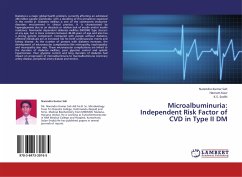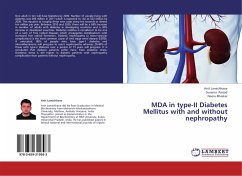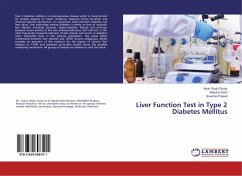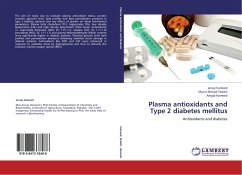Diabetes is a major global health problem, currently affecting an estimated 246 million people worldwide, with a doubling of this prevalence expected in the next30 yr. Diabetes mellitus is one of the commonest endocrine disorders encountered in clinical practice. It is characterized by hyperglycaemia due to an absolute or relative lack of insulin and/or insulin resistance. Noninsulin dependent diabetes mellitus (NIDDM) Type 2occurs at any age, but is more common between 40 80 years of age and also has a strong genetic component. Compared with people without diabetes, affected individuals are at increased risk for both cardiovascular events and kidney disease. As the number of persons with diabetes increases, the development of microvascular complications like retinopathy, nephropathy and neuropathy also rises. These microvascular complications are linked to the duration of diabetes mellitus, poor glycemic control and systolic hypertension. Poor glycemic control and long duration of diabetes had impact on progression of microalbuminuria to macroalbuminuria (coronary artery disease, peripheral artery disease and stroke).
Bitte wählen Sie Ihr Anliegen aus.
Rechnungen
Retourenschein anfordern
Bestellstatus
Storno








